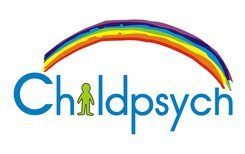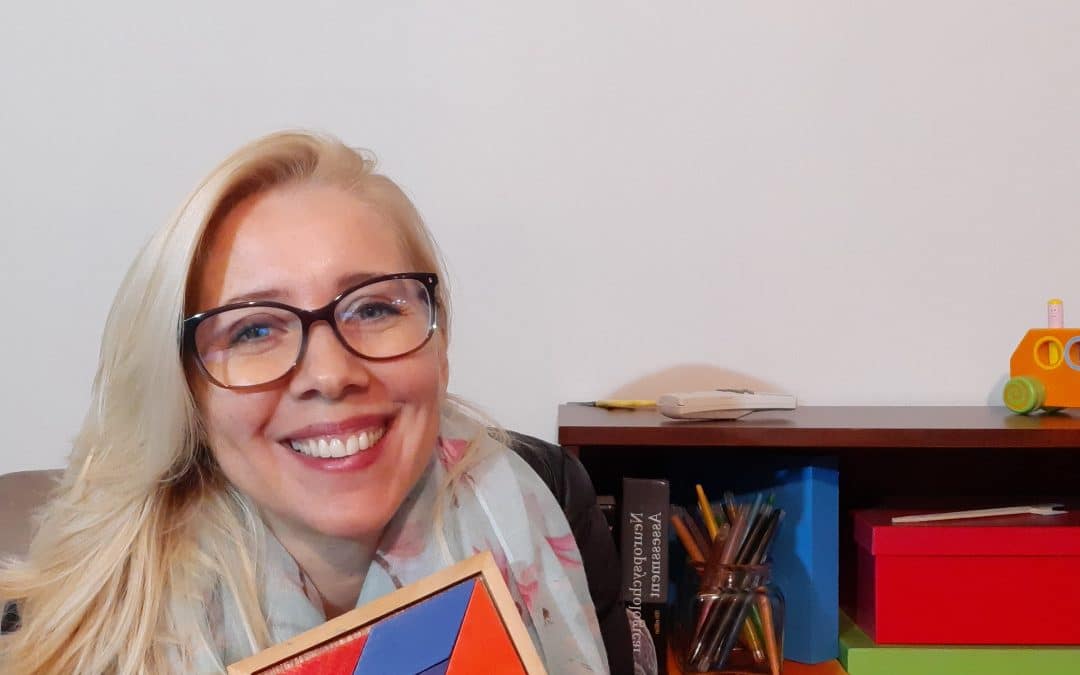Welcome to this 5 video blog in our Early Learning series. With this video we move on from Auditory Perception to Visual Perception. If you are new to this series, please keep in mind that all the aspects we are going to be discussing are interlinked. So be sure to catch up on the previous videos. Links to these appear at the bottom of the article.
As I’ve mentioned before: Visual Perception is about so much more than just seeing. It’s about what the brain does with the information is receives from the eyes! And it is these visual and auditory perceptual skills that form the building blocks for learning to read and write. Many of the visual perceptual aspects that i a going to be discussing with you might sound familiar. That is because each Visual Perception aspect has an auditory counterpart that we have already discussed.
Visual Memory:
Visual memory is what enables your child to remember what letters and words look like. It also enables them to remember what they have seen and read. Great ways in which to practice visual memory are:
- Spot the difference picture
- Remember-and-draw games
- Memory card games
- Kim’s game
- Asking them to recall elements of a visual scene
Visual sequencing:
Sequencing is a vital aspect of visual perception as it enables your child to see in which sequence letters should appear in a word.
Ways in which to practice visual sequencing include:
- Kim’s game
- Drawing patterns
- Stringing beads according to a pattern
- Story cards
- Visual planners / schedules
- Even chores like setting the table or washing the dishes
Visual Perception in Figure-Ground:
Visual Figure-Ground Perception enables a child to identify visual detail in the foreground against a busy background. Well developed visual figure-ground skills will enable your child to see text printed on a busy page. Think about the information printed on a busy pamphlet for instance.
Your child can practice his visual Figure-Ground perception by:
- Finding toys or clothes when they’ve been piled together in a heap
- Enjoying the “Where’s Wally?” books or similar “Things to Spot” type books
- Make your own “spot the item” cards and photos
Jigsaw puzzles are fantastic as it is a single activity that works work on almost every aspect of visual perception.
Thanks everyone – that’s all we have time for this week.
Next week we will discuss three further aspects of visual perception.
Also be sure to check out our other video’s in this series, the first of which is:
6 Mistakes parents make in teaching their child to read

